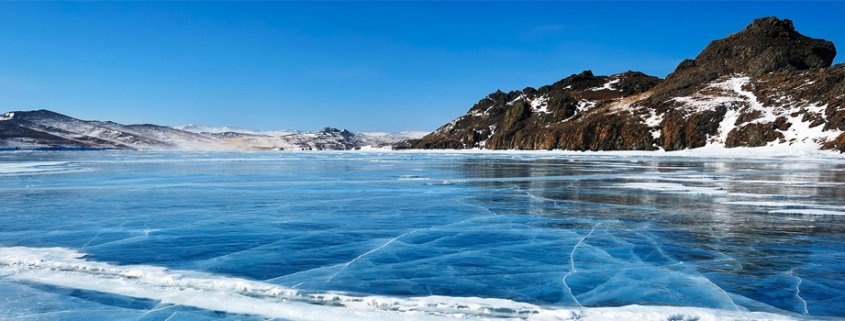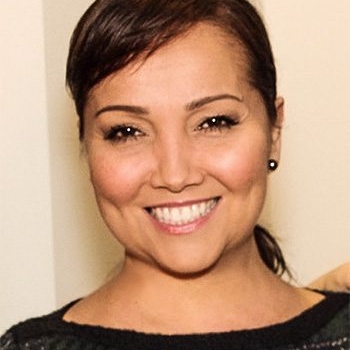Technique: How to Run on Ice or Any Slippery Surface
Ice is a demanding surface and most people feel and move awkward on it. Even athletes that seem to be adept at the most complicated of moves often find themselves struggling to stay on their feet to say nothing of walking or even running on ice.
Ability to run on ice (or any slippery surface) without the help of any ice traction devices has a certain irony to it. It unequivocally extinguishes all debate on running technique and effortlessly removes all thought up forms and variations of technique and leaves Pose Running as the only viable option.
Push off? Paw back? Extended stride length? That and other ideas, all propel themselves not forward but out of the window.
Running on ice leaves zero room for creative interpretation of what running is, or how to run. It doesn’t not allow anyone any false efforts for any reason. You can’t go easy or go too hard, the effort has to be just right. Sounds militaristic? No, it is simply pure, and in that it demands the same from the runner.
A while ago, an editor in chief of a rather big publication said: “If Pose Method works than Romanov should be able to run on ice”. Presenting Dr. Romanov running on ice at a skating rink. Keeping a few key things in mind – you can do it too.
How To Run on Ice
It is a good idea to be familiar with the Pose Method of Running before trying out these tips but you should be able to utilize these regardless. Perception becomes even more important when running on ice. It is a good idea to spend as much time and effort on improving your perception as you can.
- Land under – precision, precision, precision. Land a bit ahead and you slip, land a bit to the side or a bit back and you slip. Your body and its weight will have to be right on top and aligned with the ball of your foot in the running pose.
- Keep you running pose – your goal is to maintain your running pose. Focus on nothing else.
- Move quicker – When you’re moving on ice everything becomes faster, more intense, condensed, if you will, and requires more focus. If you would like to keep on moving without slipping then you will have to operate within a much narrower space-time frame than normal.
- Pull faster – Pulling your feet up with your hamstrings in a piston-like motion (up-down, up-down) will be even more crucial than when running on any other surface. Runners often think that pulling involves a prolonged effort to bring the foot up as high as possible, but in reality, and especially when running on ice, pulling action is more of a burst and the foot will come up on it’s own as high as your speed dictates, and will follow the effortless predetermined trajectory before dropping down again. All you must do is focus on a quick burst of a pull. This is where your utmost effort will be required, but to avoid injury, focus on the quickness of pulling not the effort.
- Keep the rhythm – Timing and synchronization will also be essential. On ice you don’t have an opportunity to take long luxurious strides at your leisure. It’s all or nothing. You either get with the program and tap-tap-tap or you’re down.
- Stay light on your feet – This basically sums it up. To stay light you will need to move across the icy surface according to everything outlined above. You will find just the right amount of muscle tension and will figure out how to stay relaxed over time. The right and slight angle of falling will reveal itself with practice
Chances are, nobody will attempt to run an ultra on ice, not even a mile. It is too intense. But it is possible to run on ice and is satisfying to know that you can do it. And as a tool of improving your running technique – running on ice is priceless. It will reveal all flaws and confirm all strengths and show progress. Have fun experimenting!

 Pose Method Publishing, Inc
Pose Method Publishing, Inc

 Pose Method Publishing, Inc
Pose Method Publishing, Inc
Leave a Reply
Want to join the discussion?Feel free to contribute!